Manufacturers often promote their speakers by advertising “outstanding wideness” and “immersive 360° sound.” But in the reality of our tests, a good sub-score for the wideness attribute is always counterbalanced by a poor ability to evenly distribute sound all around the speaker — and vice-versa. As a matter of fact, it is acoustically impossible for a traditional audio system to deliver both wide and 360° sound — and it doesn’t matter if it’s a speaker, a TV set, or a smartphone. Here’s why.
Defining and testing wideness in sound
As instinctive as it may seem, the concept of sound wideness is actually quite tricky to construe. Simply put, it represents the perceived distance between the left-most sound and the right-most sound. In other words, a speaker delivering good wideness is able to produce an extended perception of the sound field, on the left-right axis.
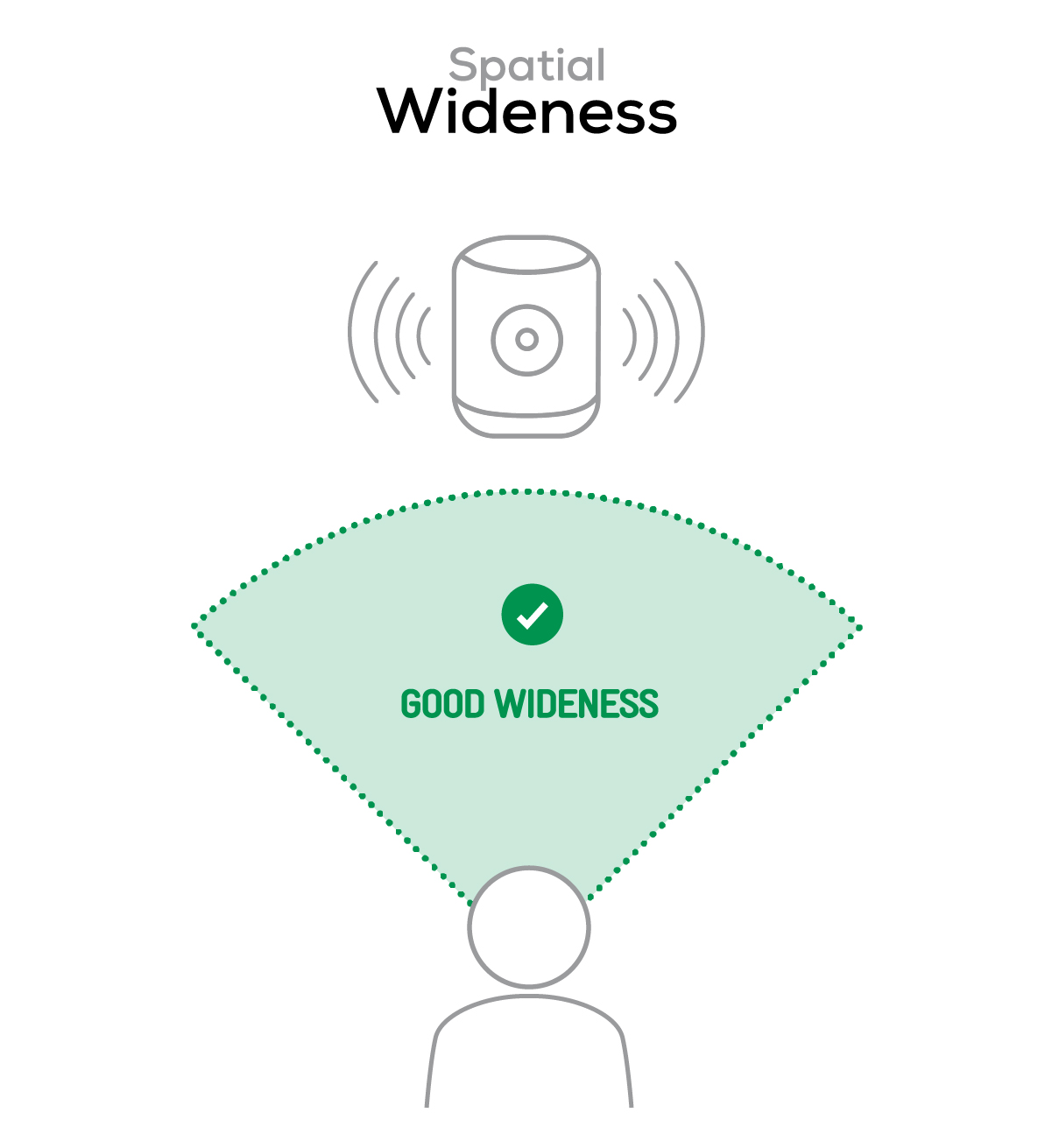
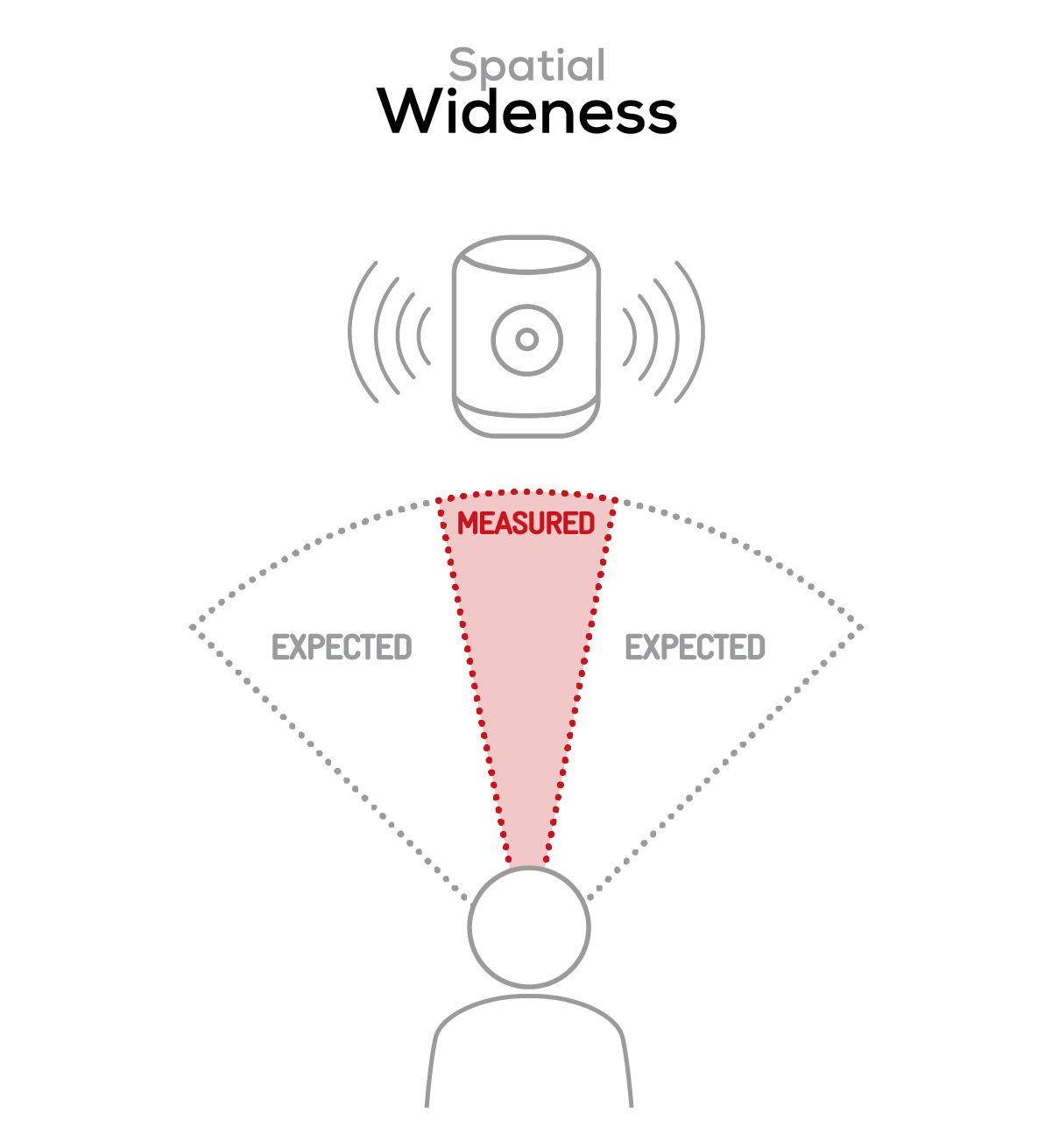
In our rigorous DXOMARK Speaker protocol, we conduct these perceptual evaluations by comparing several speakers. The device under test is set against two of its main competitors in the market, in addition to four reference speakers.
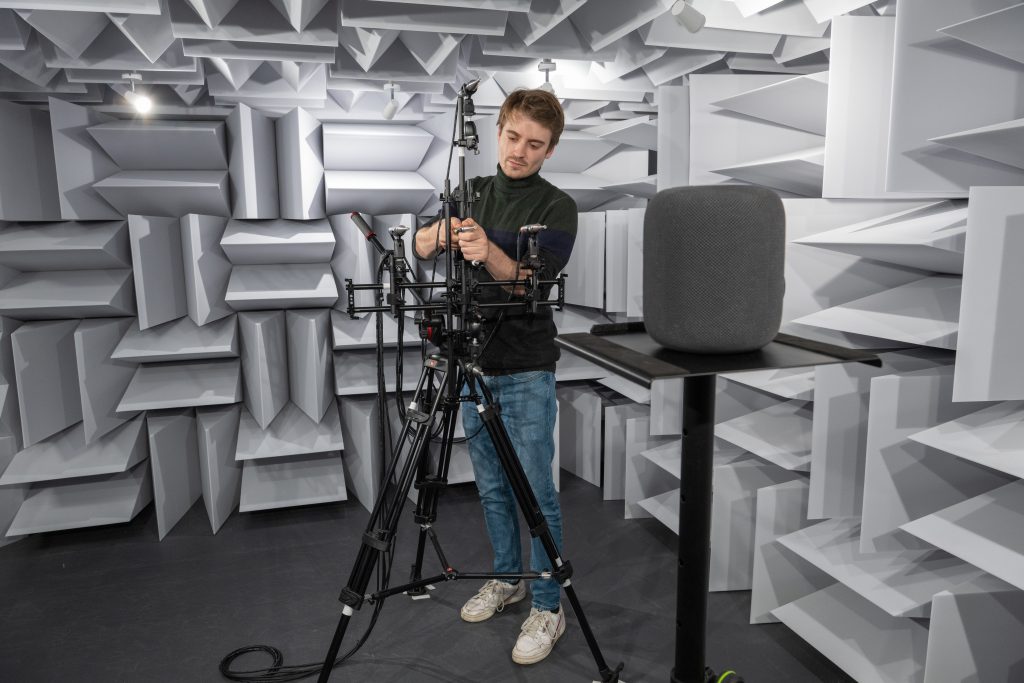
While the sound field’s pure left-right extension is the main component in the wideness sub-score, it is not the only one: its consistency from left to right as well as the conveyed feeling of spaciousness are also taken into account. For our music use cases, such as “Relaxing at home,” wideness is assessed using specific spatial cues provided by The Forest, a track that was specifically created for our protocol (for more information about our test tracks, you can check our dedicated article). As for movies, since we did not go so far as to make our own big-budget film (yet!), we work with particularly wide and well-mixed scenes such as those in “Star Wars: The Force Awakens (Episode VII).”
Speakers offering good wideness are primarily intended to entertain a small group of people who can all fit in front of the device — ideally not more than three. These kinds of speakers are particularly suited for personal use or for a small family, typically when watching movies or simply relaxing at home.
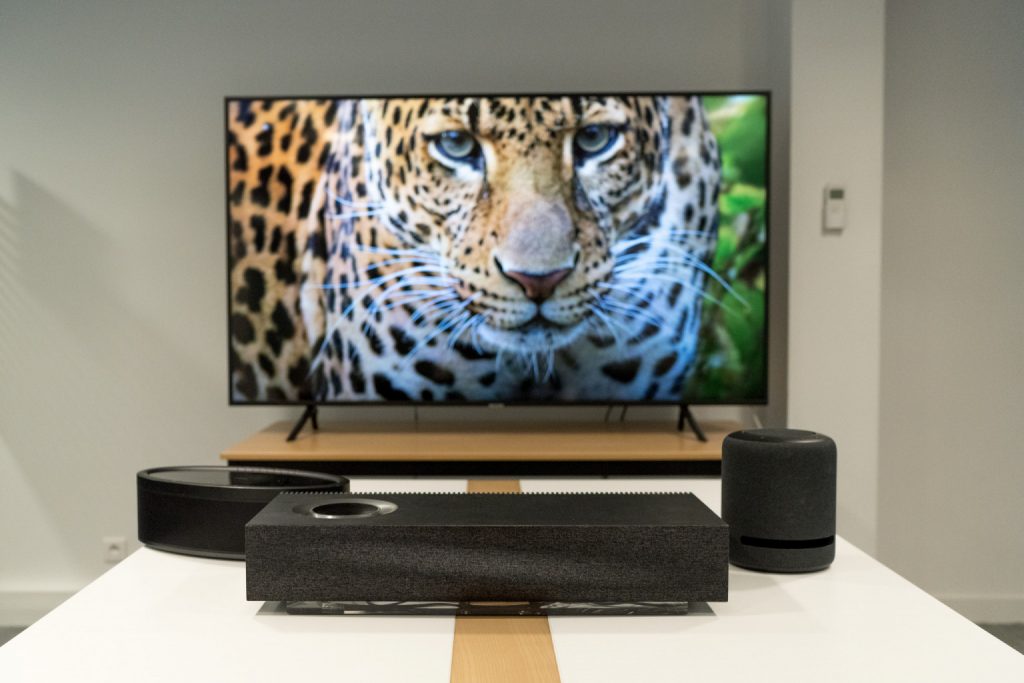
But what are the tools at a manufacturer’s disposal to make a speaker go from a dull and narrow sound field to a wide and spatially rich reproduction? Well, for starters, a good playback performance in non-spatial areas will help existing wideness to appear even wider. For instance, well-reproduced attack on transient sounds will help localizability of sound sources within the field become more precise, which will significantly participate in making it sound wider.
The more similar the signals, the narrower the scene.
There’s not much to do on the hardware side of things, except placing the speakers as far apart as possible. Due to design limitations, this is not always possible, and above all, it is insufficient. That is why software comes into play. The main principle to keep in mind is to decorrelate the audio signals. In other words: the more similar the signals, the narrower the scene, and vice versa. On the other hand, if the signals are too different, then the stereo scene becomes inconsistent and lopsided. This makes sound widening a very tricky tightrope walk, but there are a few clever ways for the manufacturer to try to balance out the results by means of the speaker’s digital signal processor (DSP).
Frequency and dynamic tricks
This trick consists of applying different equalization and/or dynamic settings to the signals. For example, the “mid” content — that is, content that’s supposed to be perceived at the “middle” of the stereo scene, whose volume is equally distributed between the left and right channels — can be slightly more compressed, whereas the side content gets a treble boost. This brings to light the side signals, thus exacerbating the feeling of wideness.
The Haas effect
One simple yet very effective way to make audio sound wider is to introduce a delay of a few milliseconds in one of the channels: too short to be read as an echo by the brain, it will perceptually modify the signal’s position towards the “non-delayed” channel. This psycho-acoustic trick, called the Haas effect, is commonly used in much bigger sound systems such as concert arenas: a small delay is applied to the secondary speakers positioned throughout the venue, giving to the audience the impression that the amplified sound they’re hearing is coming from the stage, when it is in fact coming mainly from the side speakers.

Phase inversion
Another classic way of making a stereo signal sound wider even than the physical limitations of the speaker is to take a little of the left channel, reverse its polarity, mix it into the right channel, and vice versa. This is probably one of the most common tricks used — and often abused — by the manufacturers.
Measuring sound at 360°
Let’s consider your typical manufacturer’s promise to deliver “360° sound.” In reality, unless you’re listening to that speaker in an anechoic chamber, you will always perceive sound all around the speaker — so that’s a bit of a noncommittal promise. The real difficulty for a speaker resides in evenly distributing sound at every angle, and that is precisely what we test in our protocol.
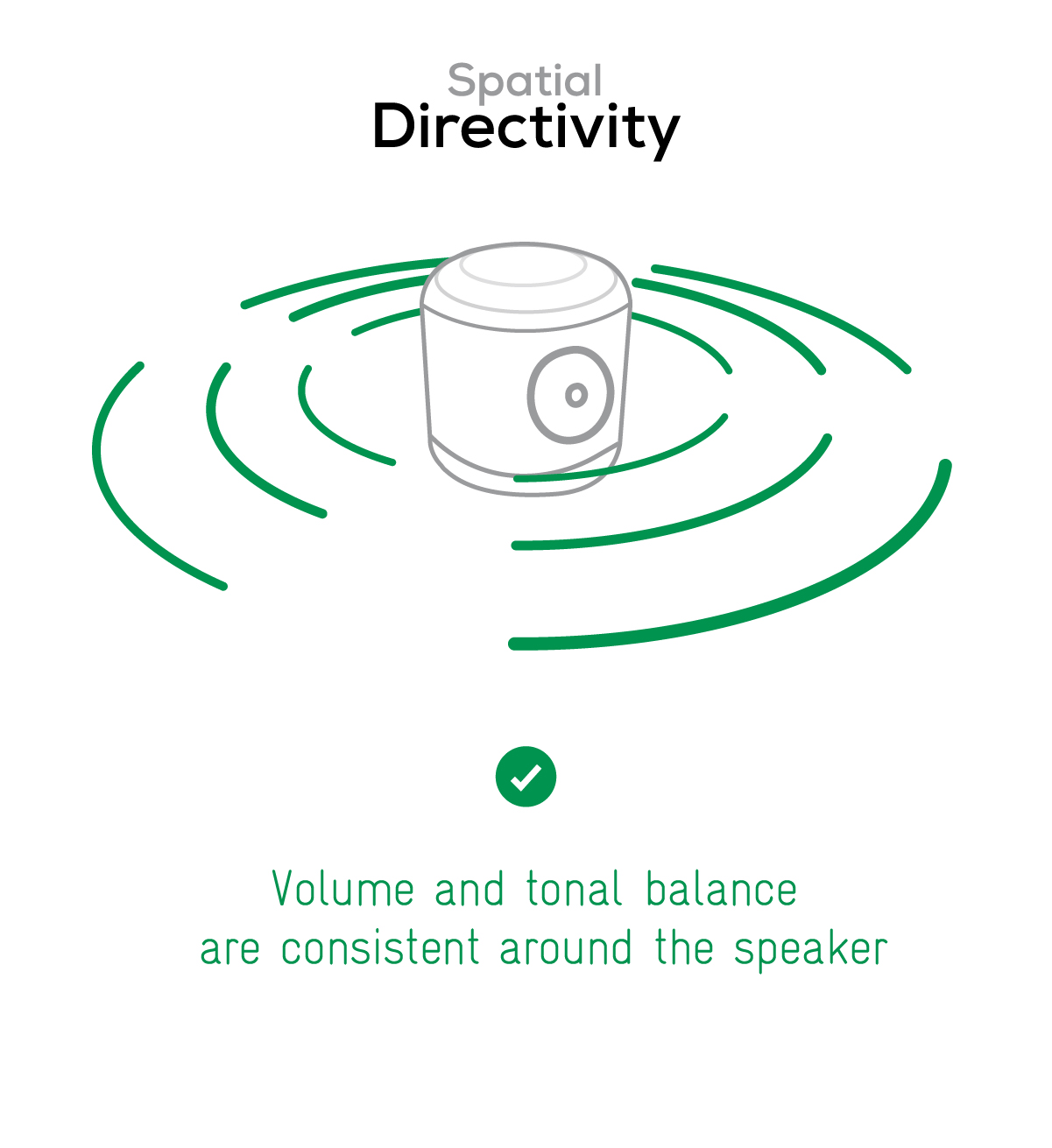
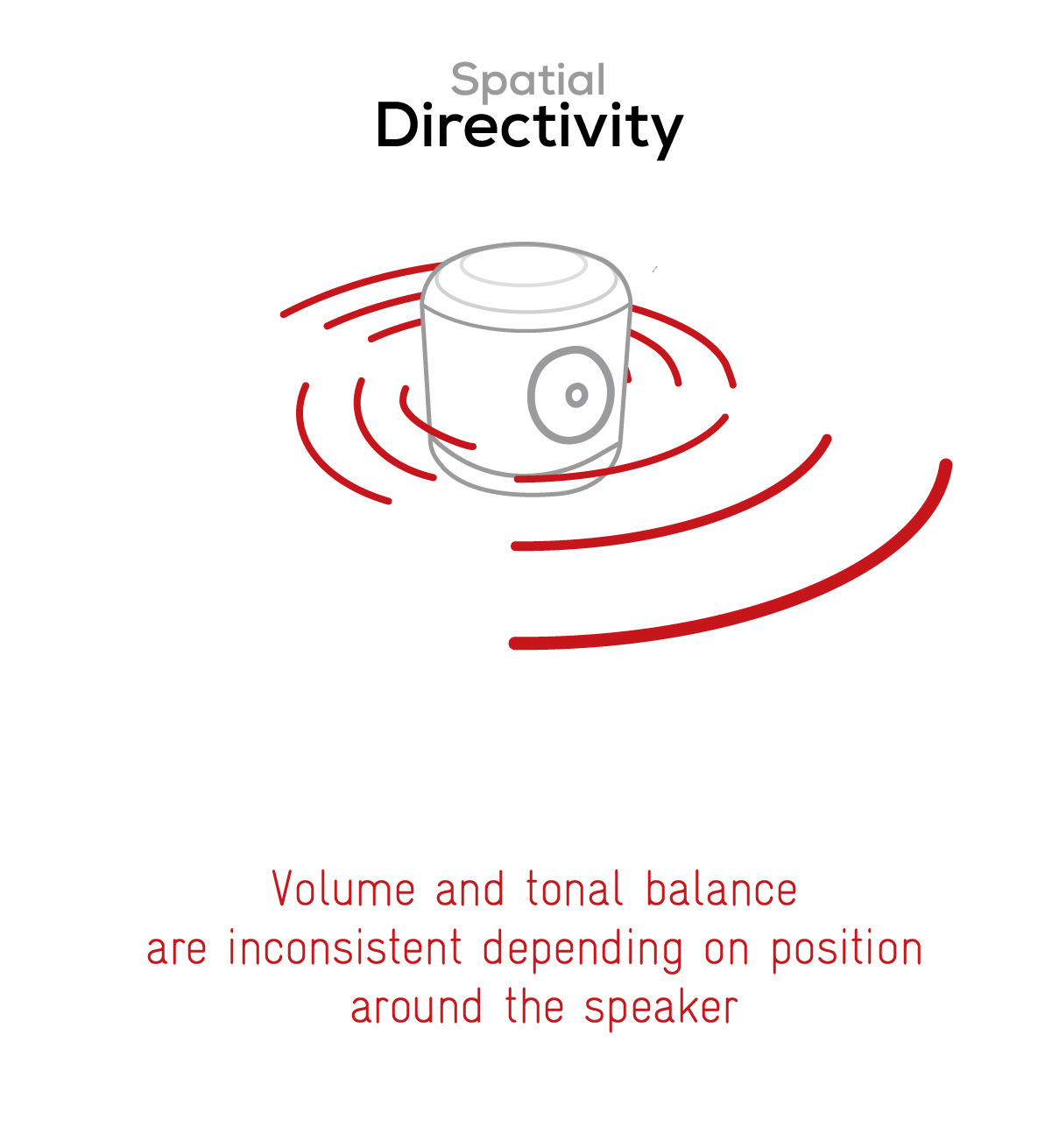
Omnidirectional speakers are very practical for entertaining a larger group of people, so that everybody can have the same listening experience regardless of their position, or for outdoor use cases, so that moving around the speaker doesn’t impair the sound quality.
In order to deliver omnidirectional sound, all signals played by the tweeters must be strictly identical.
Unlike wideness, omnidirectional sound is mainly achieved through hardware design. In order to deliver omnidirectional sound, the tweeters (treble drivers) have to be equidistantly placed at 360° all around the speaker, which can be a tricky business, depending on the model’s design. This is why most omnidirectional speakers are cylindrical (see the Apple HomePod below). Further, all signals played by the tweeters must be strictly identical, otherwise the sound distribution wouldn’t be homogeneous in every direction.
In our protocol, this ability is measured by positioning the speaker on a rotating table surrounded by precision microphones. The result is what we call a polar pattern, which indicates the speaker’s sound emission at 360°, at any given frequency. The following plots display the polar patterns of the least and most directive speakers we’ve tested to date. As you can see, the Apple HomePod Mini is much more deft at delivering 360° sound than the front-firing Marshall Stanmore II. You can also note that because of their respective wavelengths, treble (green line) is much more directional than bass (blue line): this is why the woofer (bass driver) can be placed just about anywhere in the device’s architecture, since bass is essentially omnidirectional.
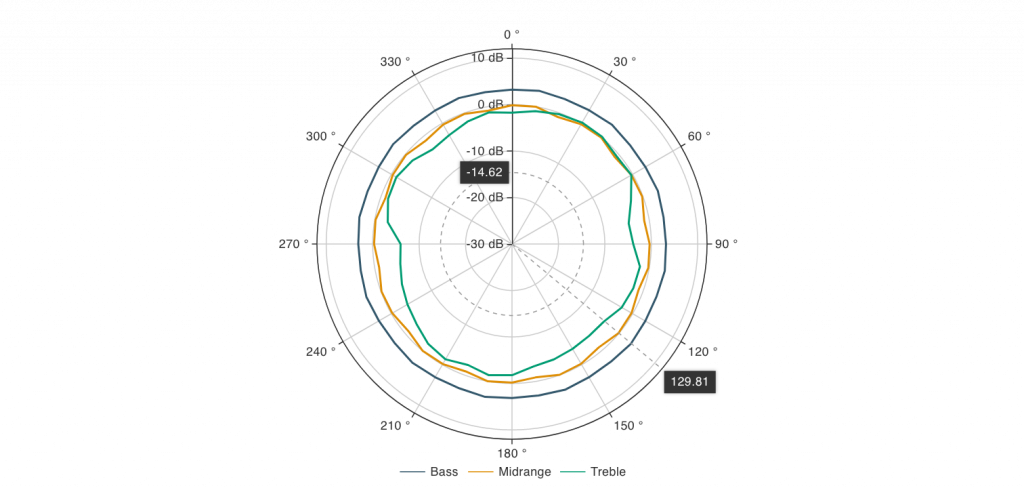
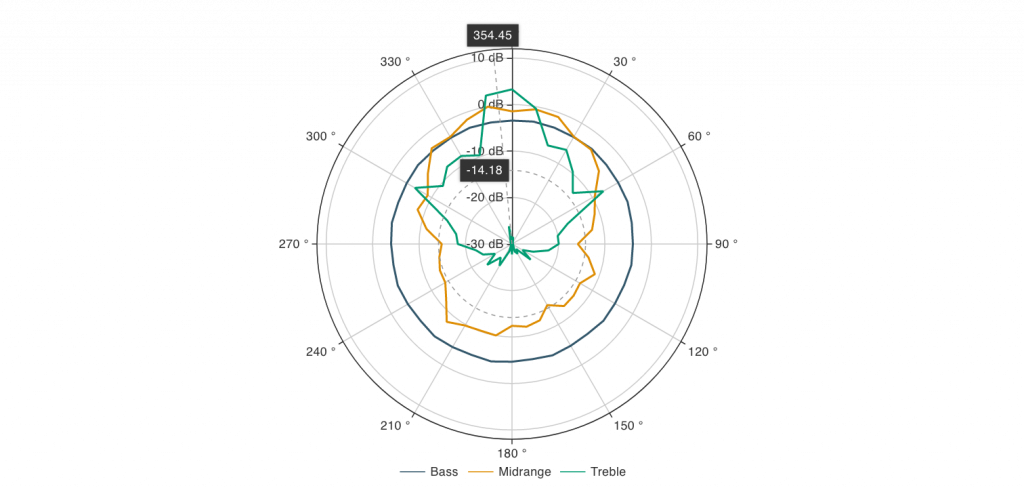
In addition, we conduct perceptual tests under conditions required by our Outdoor, Party and Friendly gathering use cases (e.g. situations in which omnidirectional sound is important) in which timbre, dynamics and spatial attributes are analyzed from the sides and the back of the device, to understand how the quality of off-axis playback is impacted.
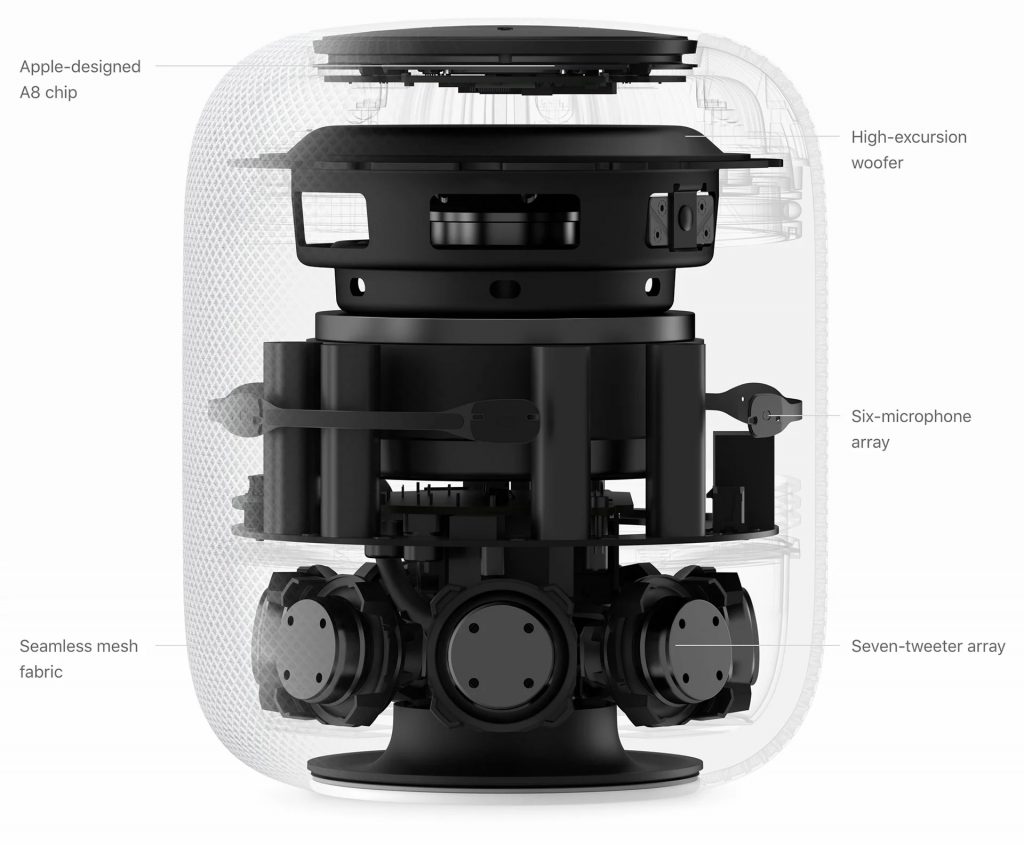
Why can’t a speaker deliver both wide and omnidirectional sound?
To sum up, while sound field wideness cannot be achieved if both signals are identical, truly omnidirectional sound can only be achieved, by definition, if all the signals are identical. It is simply impossible for a speaker to produce both wide and omnidirectional sound.
But more precisely: It isn’t possible for a traditional speaker to produce both wide and omnidirectional sound. But that could be changing. Speakers like the Noveto, for instance, are able to create “pockets” of stereo sound right outside the ears, following the listener (and remaining unchanged) when he or she moves.
This technology has only recently been made possible with the help of artificial intelligence combined with a head-tracking system and beam-forming technique. From here, we can imagine the same speaker but with a circular design, which would thus be able track the listener’s head at 360° while delivering wide, stereo sound: Eureka!


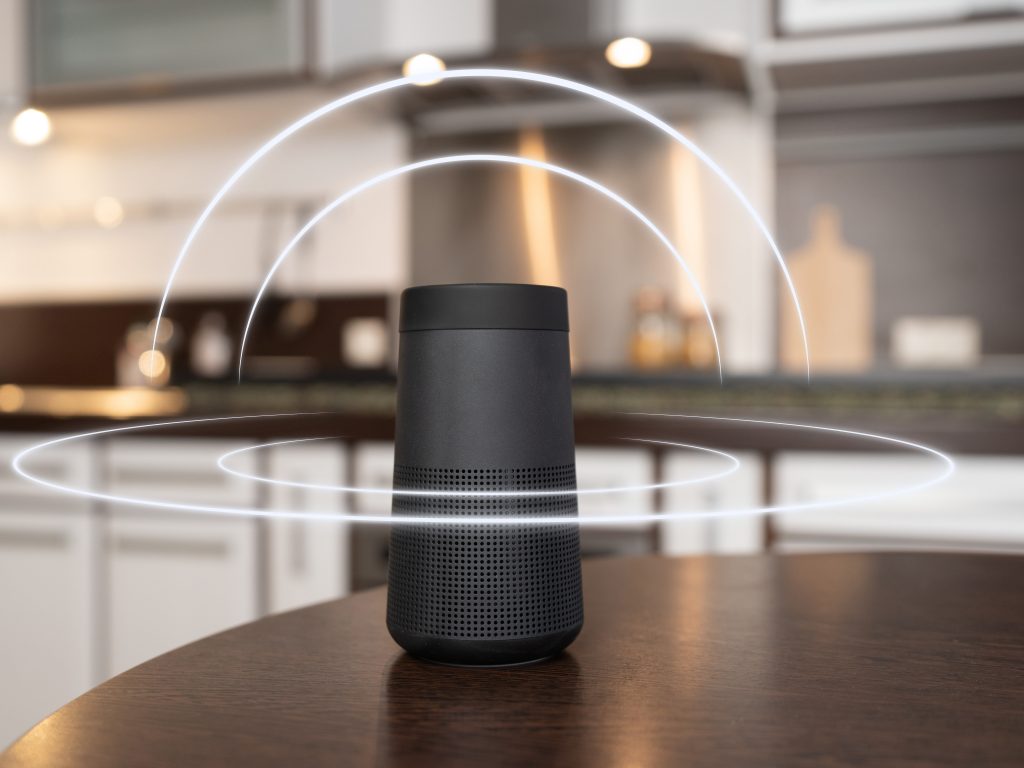
DXOMARK encourages its readers to share comments on the articles. To read or post comments, Disqus cookies are required. Change your Cookies Preferences and read more about our Comment Policy.